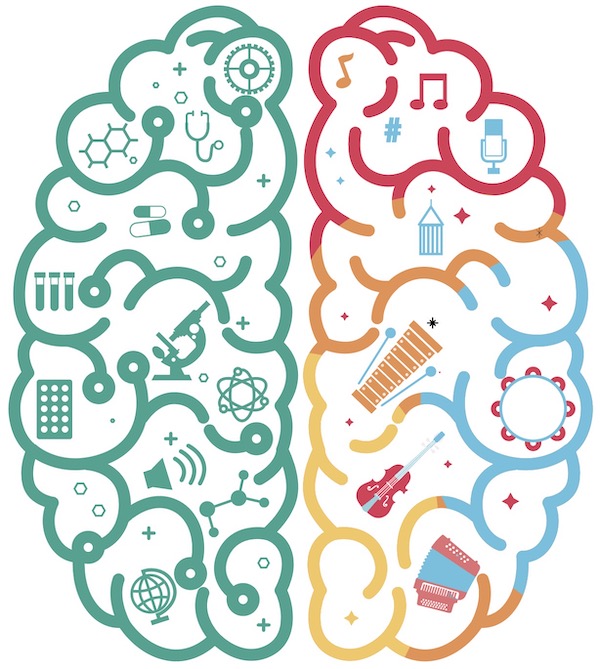If you have been doing numerous walking sessions during this pandemic, an Irish experimental brain researcher would be in total agreement with your (hopefully) daily exercises. In The Wall Street Journal’s April 18-19, 2020 publication, Dr. Shane O’Mara of Trinity College, Dublin, gives us this essay on the benefits of walking and movement. Even walking now, with 6 feet restrictions in place, has produced a more mindful brain following the new rules for “safe walking.”

Dr. O”Mara begins his essay by telling us “Walking can be a kind of a behavioral preventative against depression.”
Along with psychological benefits, walking also aids in our physical health. It does this when it produces muscle and brain molecules that help repair “wear and tear.” These molecules assist in the growth of cells, regulate the body’s metabolism, and reduce various types of inflammation. The Irish research doctor adds “These essential molecules are produced by movement and the increased brain and body activity created by movement. If you are not moving about, placing heart and muscle under a bit of positive stress and strain, these molecules aren’t produced in sufficient quantities to perform their roles.”
Dr. Shane comments, “Walking upright is the one thing that sets humans apart; no other animal does it, but we can’t do without it.”
Walking and movement demand an elaborate brain system that creates our own internal GPS system. Even sightless individuals, with movement working for them, can silently update a GPS position. This occurs through individuals creating their own cognitive maps in a complicated three-dimensional world.
Our research scientist informs us that recent experiments have shown that walking increases brain signals helpful in seeing and other senses, such as touch. A walking brain proves to be a more active brain leading to “colliding ideas and associations at the edge of consciousness to the mind.”
In conclusion, Dr. O’Mara discusses recent research experiments relevant to all seniors. The most important findings reveal as few as three to four days of inactivity producing the reduction in our legs’ muscle mass. This muscle loss is then replaced with deposits of fat. The essay’s author gives our residents this final recommendation: “Get up, walk about and fight the frailty that can come with aging. Walk we must, and walk we should, to keep our mental and physical worlds open and to stop the walls from closing in.”




